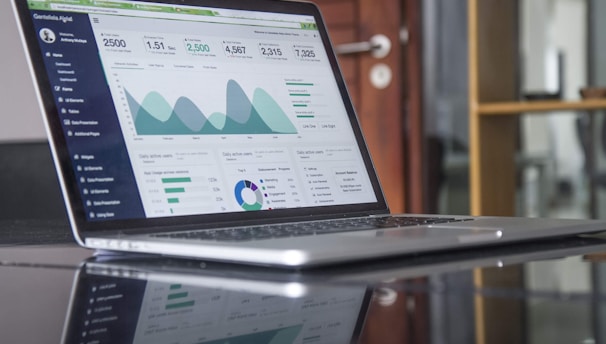Data Analytics Career Path
Explore the role details, job market, and roadmap to pursue a career in data analytics.
Data Analytics Career Path
Data analytics roles are in high demand across sectors such as tech, healthcare, finance, retail, logistics, and manufacturing — creating diverse career opportunities worldwide.
Organizations increasingly rely on analytics to guide product development, customer engagement, and operational efficiency — making analytics a core strategic function.
Data analytics fuels technologies like artificial intelligence, machine learning, and automation — positioning data professionals at the forefront of innovation.
From Data Analyst and Business Analyst to Data Engineer and Data Scientist, there are multiple career paths to match different skill sets and interests.
With the rise of remote work and digital transformation, skilled data professionals have access to global opportunities in both startups and Fortune 500 companies.


Discover Data Analytics Opportunities
Specific Careers
Data Analyst
Interprets data, identifies trends, and uses statistical techniques to generate actionable insights. Creates dashboards, visualizations, and regular reports to support business decisions.Business Analyst
Bridges the gap between business and data. Uses data insights along with domain knowledge to recommend improvements, define requirements, and guide strategic initiatives.Data Scientist
Uses advanced statistical modeling, machine learning, and algorithms to predict outcomes and uncover patterns. Focuses on building data-driven products and predictive models.Data Engineer
Designs, builds, and maintains data pipelines and infrastructure. Ensures raw data is cleaned, structured, and accessible to analysts and scientists for downstream analysis.


Job Market Insights
Explore the exciting world of data analytics and discover the endless opportunities it offers.
Job Market Insights
Stay updated on the current trends and demands in the data analytics job market to enhance your career.


Roles and Responsibilities in Data Analytics
Data analytics professionals play a critical role in helping organizations make informed, data-driven decisions. As businesses generate more data than ever before, the need for skilled analysts who can interpret and transform that data into actionable insights continues to grow.
Here are the key roles and responsibilities typically involved in a data analytics position:
1. Data Collection & Integration
Data analysts are responsible for sourcing data from multiple internal and external systems. This includes databases, APIs, cloud platforms, spreadsheets, and third-party tools. They ensure that data is accurate, reliable, and collected in a consistent format for further use.
2. Data Cleaning & Preparation
Raw data is often messy and incomplete. Analysts clean, format, and transform this data into structured datasets ready for analysis. This includes handling missing values, removing duplicates, and standardizing formats.
3. Data Analysis & Insight Generation
Using statistical tools and programming languages like Excel, SQL, Python, or R, analysts explore data to identify trends, outliers, and patterns. They turn raw numbers into meaningful stories that answer critical business questions.
4. Data Visualization & Reporting
Communicating insights effectively is as important as discovering them. Analysts create visual dashboards and reports using tools like Power BI, Tableau, or Excel to help stakeholders quickly understand and act on the data.
5. Strategic Business Support
Analysts bridge the gap between data and decision-making. They collaborate with different departments—marketing, finance, operations, and more—to support strategic planning, optimize performance, and improve outcomes.
6. Collaboration & Communication
Clear communication is essential. Analysts present their findings to both technical and non-technical teams, ensuring that insights are understood and actionable across the organization.
7. Process Optimization & Automation
Many data tasks can be repetitive. Analysts often automate data pipelines, reporting processes, and analytical models to increase efficiency and reduce errors.


SkillEase Academy
SkillEase Academy sharing industry knowledge to help community grow.
Contact Us
Tools
SkillEase Academy © 2025. All rights reserved.
